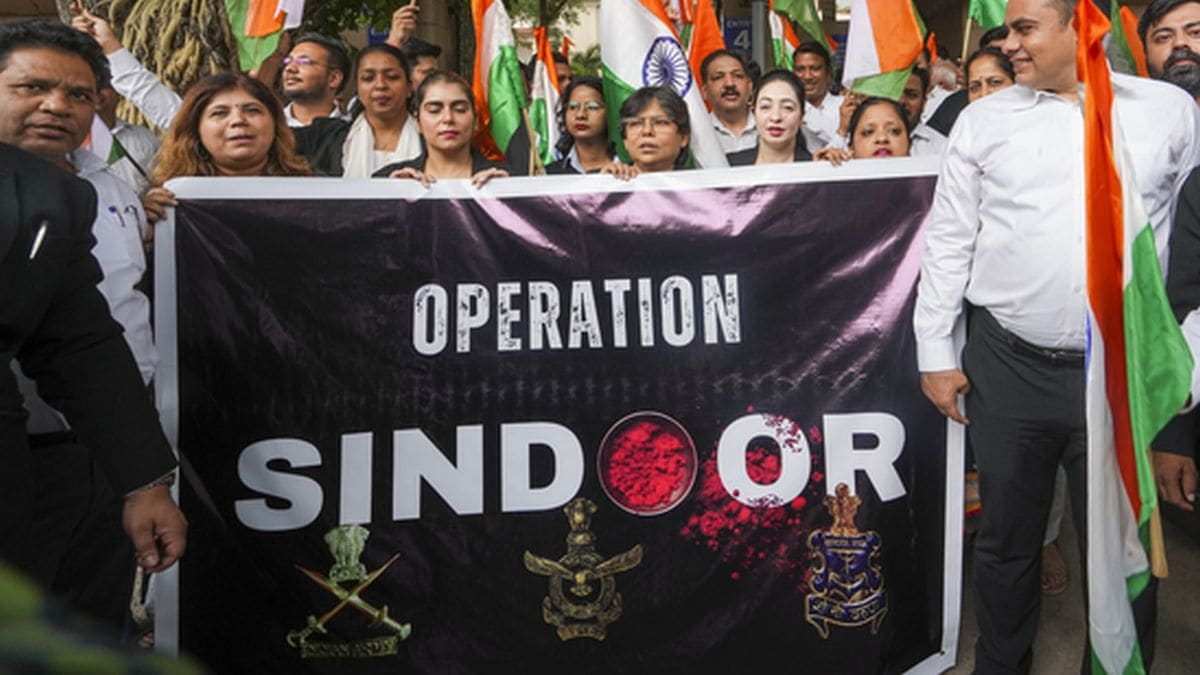

Operation Sindoor, India's response to the Pahalgam terror attack, was executed with a strategic depth and precision that rewrote the rules of engagement, according to Army Chief General Upendra Dwivedi. He characterized the operation as a game of chess, emphasizing the unpredictable nature of the mission where both sides were constantly making moves and counter-moves.
The operation was launched on May 7th in retaliation to the April 22nd Pahalgam attack that resulted in the deaths of 26 people. Indian forces targeted terror infrastructure in Pakistan and Pakistan-occupied Jammu and Kashmir, eliminating over 100 terrorists associated with groups like Jaish-e-Mohammed, Lashkar-e-Taiba, and Hizbul Mujahideen. Pakistan responded with cross-border shelling, drone strikes, and air defense measures. India's counterstrikes inflicted damage on radar installations, communication hubs, and airfields across 11 Pakistani bases, including the Nur Khan air base.
General Dwivedi highlighted the "free hand" given to the armed forces by the central government, which allowed commanders on the ground to act according to their best judgment. He noted that following the Pahalgam attack, Defence Minister Rajnath Singh made it clear that "enough is enough," signaling a shift in approach. This political clarity and direction significantly boosted the morale of the forces and enabled effective execution of the operation. Air Chief Marshal AP Singh also acknowledged the central government's "political will" as a key factor in the success of Operation Sindoor, emphasizing the absence of external constraints.
The Army chief derided Pakistan's claims of victory in the May clashes that followed Operation Sindoor. Speaking at IIT Madras, General Dwivedi emphasized the critical role of narrative management in warfare. He alluded to the promotion of the Pakistani Army chief, Asim Munir, to Field Marshal, suggesting that such actions are part of Pakistan's efforts to control the narrative and project an image of triumph, regardless of the actual outcome.
General Dwivedi stated that the forces were essentially "making chess moves" and delivering "checkmates" to the enemy. He described Operation Sindoor as operating in a "grey zone," which meant that the mission was just short of a conventional operation. This approach presented unique operational challenges, as the army was uncertain about the enemy's next move.
The planning and execution of Operation Sindoor involved a series of strategic meetings and reconnaissance efforts. On April 23rd, a day after the Pahalgam attack, a meeting was held where the decision to retaliate was made. By April 25th, a plan was formulated, and key targets were identified during a visit to the Northern Command. The first meeting with Prime Minister Narendra Modi took place on April 29th.
General Dwivedi emphasized the importance of Operation Sindoor in galvanizing the nation. He noted that the operation instilled a sense of national unity and purpose.